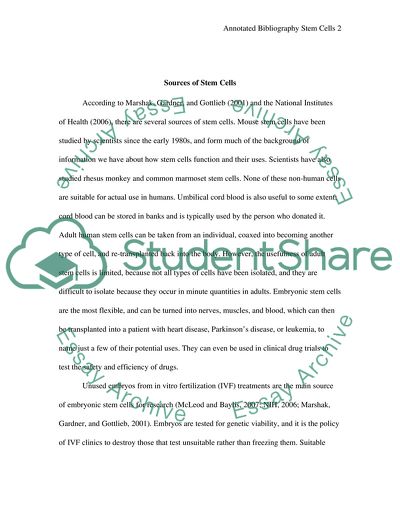Cite this document
(Embryonic Stem Cells Research Paper Example | Topics and Well Written Essays - 1750 words, n.d.)
Embryonic Stem Cells Research Paper Example | Topics and Well Written Essays - 1750 words. Retrieved from https://studentshare.org/health-sciences-medicine/1723906-embryonic-stem-cells-research
Embryonic Stem Cells Research Paper Example | Topics and Well Written Essays - 1750 words. Retrieved from https://studentshare.org/health-sciences-medicine/1723906-embryonic-stem-cells-research
(Embryonic Stem Cells Research Paper Example | Topics and Well Written Essays - 1750 Words)
Embryonic Stem Cells Research Paper Example | Topics and Well Written Essays - 1750 Words. https://studentshare.org/health-sciences-medicine/1723906-embryonic-stem-cells-research.
Embryonic Stem Cells Research Paper Example | Topics and Well Written Essays - 1750 Words. https://studentshare.org/health-sciences-medicine/1723906-embryonic-stem-cells-research.
“Embryonic Stem Cells Research Paper Example | Topics and Well Written Essays - 1750 Words”, n.d. https://studentshare.org/health-sciences-medicine/1723906-embryonic-stem-cells-research.


